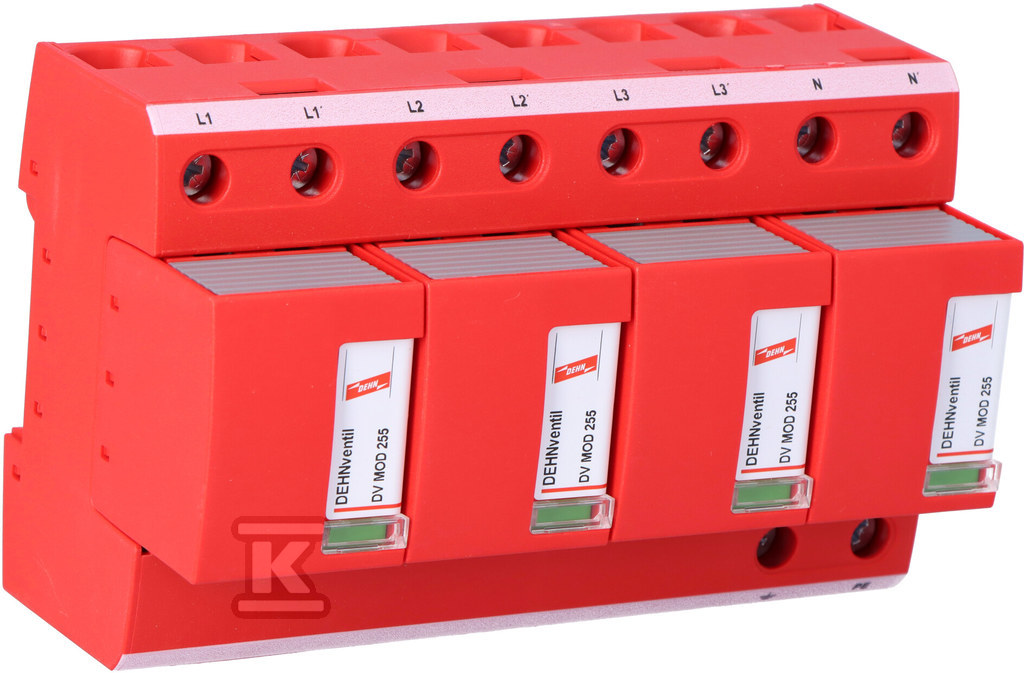In 2025, we need to prepare for changes related to the new capacity fee rate. It is of great importance because it will affect electricity bills for households and businesses. This type of fee is introduced for an important purpose - to ensure the stability of the energy system and cover the costs of maintaining generating capacity. Despite the fact that its status is crucial, the fee itself is controversial. The upcoming changes are to update its amount, adapting it to the growing energy needs of the country. Let's take a look at what exactly the capacity fee is, how it was calculated so far, and what new rates will come into effect next year?

Check out the electrical equipment at the Onninen wholesaler
What exactly is a capacity charge?
The capacity fee is an additional component of the electricity bill, which was introduced in our country in 2021 as part of the Capacity Market Act. Its most important assumption is to ensure the stability of electricity supply through financial support for power plants. The Act defines that this refers to power plants that supply energy at peak demand moments.
 Given the recent energy crisis, uncertainty about future geopolitical events, but also the move away from fossil fuels, the idea of a fee seems sensible. More and more devices that use electricity, such as heat pumps, are also being installed, so energy consumption and needs are constantly increasing.
Given the recent energy crisis, uncertainty about future geopolitical events, but also the move away from fossil fuels, the idea of a fee seems sensible. More and more devices that use electricity, such as heat pumps, are also being installed, so energy consumption and needs are constantly increasing.
Electrical equipment or modular equipment present in many different industrial facilities also has an impact on this. As well as advanced mechanisms, electrical engineering , modern cables and wires , etc. This mechanism is therefore intended to avoid power outages and grid overloads, which translates into increased energy security of the country.
The capacity fee goes to energy companies that have committed to maintaining specific power reserves. In reality, however, its costs are spread across both households and businesses. As for its amount, it depends on electricity consumption, but in the case of industrial recipients it also depends on the ordered power. Changes in the calculation of the capacity fee are designed to adjust its level to the needs of the energy system.
Standard capacity charge calculation fees
The capacity fee is calculated depending on two parameters - the tariff group and the amount of energy used. In the case of the most important houses, the determinant is the monthly consumption of electricity. The higher it is, the higher the amount of the described fee, which is why an increase in electricity costs is inevitable here.
 However, it is worth remembering that there are several consumption thresholds for individual customers. They determine the amount of the fee. Small amounts of energy used mean lower amounts on bills, in the event of exceeding them, they increase significantly. A threshold system applies here, in which four categories of consumption are distinguished.
However, it is worth remembering that there are several consumption thresholds for individual customers. They determine the amount of the fee. Small amounts of energy used mean lower amounts on bills, in the event of exceeding them, they increase significantly. A threshold system applies here, in which four categories of consumption are distinguished.
- Lowest rate - up to 500 kWh per month;
- Average rate - from 500 kWh to 1200 kWh per month;
- Higher rate - from 1200 kWh to 2800 kWh per month;
- Highest rate - over 2800 kWh per month
For entrepreneurs and large industrial recipients, the capacity fee rates are calculated differently. This is more complicated, because they depend on the so-called ordered capacity, i.e. the amount of energy that the company reserves for use at a specific time. This usually concerns electricity during peak hours. The Energy Regulatory Office has established the amount of fees for these energy recipients according to a calculation based on the number of kilowatt-hours used during peak energy demand hours - from 7:00 to 21:00 on weekdays.
New capacity fee rates in 2025
 It is worth noting that in the second half of 2024, the capacity fee was not collected from recipients, but unfortunately this will change from January 1, 2025. The Energy Regulatory Office has also already announced the rates, which are as follows:
It is worth noting that in the second half of 2024, the capacity fee was not collected from recipients, but unfortunately this will change from January 1, 2025. The Energy Regulatory Office has also already announced the rates, which are as follows:
- Customers consuming very little energy, below 500 kWh per month, will pay PLN 2.86. Compared to the previous calculation, this is an increase from PLN 2.66;
- Consumption from 500 kWh to 1200 kWh obviously means a higher rate - PLN 6.86 (up from PLN 6.39);
- From 1,200 kWh to 2,800 kWh - the capacity fee will be PLN 11.44 (increase from PLN 10.64);
- Above 2,800 kWh - PLN 16.01 (up from PLN 14.90).
This is how it looks in the case of households, and what do entrepreneurs have to prepare for? Here, the capacity fee rate will depend on the amount of electricity drawn from the grid at selected hours during the day (on working days from 7 to 21:59). The Energy Regulatory Office announced that in 2025 it will amount to PLN 0.1412/kWh, which means an increase of approx. PLN 0.015/kWh compared to the fee rate in 2024.
This is how it all looks in the context of the capacity fee in 2025. Nobody likes higher bills, but in the context of important challenges regarding Poland's energy security, it is worth bearing these costs.
Check out the electrical equipment at the Onninen wholesaler